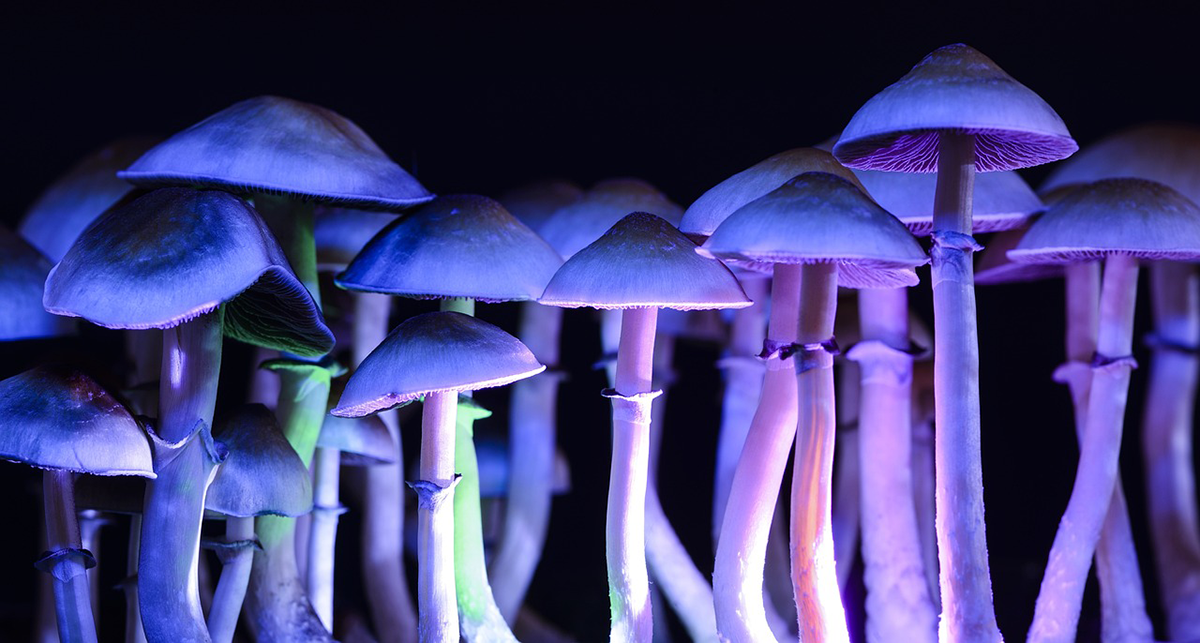
23 Jun FDA issues first draft guidance on clinical trials with psychedelic drugs
Agency recommendations aim to inform psychedelic drug development.
Today, the U.S. Food and Drug Administration published a new draft guidance to highlight fundamental considerations to researchers investigating the use of psychedelic drugs for potential treatment of medical conditions, including psychiatric or substance use disorders. This is the first FDA draft guidance that presents considerations to industry for designing clinical trials for psychedelic drugs.
There has been growing interest in the therapeutic potential of psychedelic drugs in recent years. They are being evaluated for use in the potential treatment of conditions such as depression, post-traumatic stress disorder, substance use disorders and other conditions. However, designing clinical studies to evaluate the safety and effectiveness of these compounds presents a number of unique challenges that require careful consideration.
“Psychedelic drugs show initial promise as potential treatments for mood, anxiety and substance use disorders. However, these are still investigational products. Sponsors evaluating the therapeutic potential of these drugs should consider their unique characteristics when designing clinical studies,” said Tiffany Farchione, M.D., director of the Division of Psychiatry in the FDA’s Center for Drug Evaluation and Research. “By publishing this draft guidance, the FDA hopes to outline the challenges inherent in designing psychedelic drug development programs and provide information on how to address these challenges. The goal is to help researchers design studies that will yield interpretable results that will be capable of supporting future drug applications.”
The purpose of the draft guidance is to advise researchers on study design and other considerations as they develop medications that contain psychedelics. Within the draft guidance, the term psychedelics refers to “classic psychedelics,” typically understood to be drugs such as psilocybin and lysergic acid diethylamide (LSD) that act on the brain’s serotonin system, as well as “entactogens” or “empathogens” such as methylenedioxymethamphetamine (MDMA). Read more …



